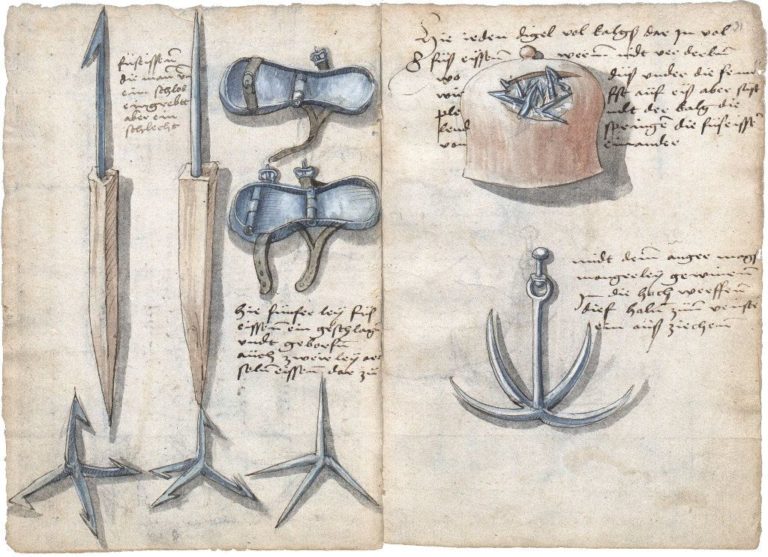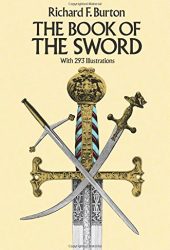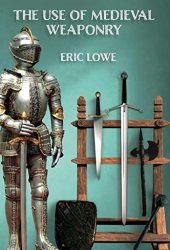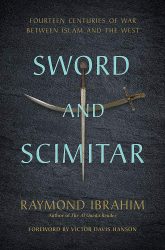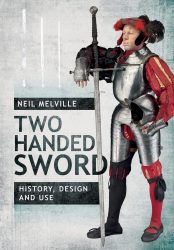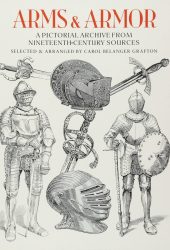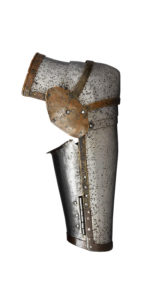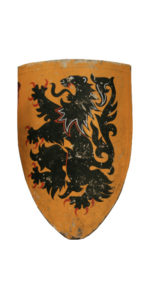Caltrops were medieval area-denial weapons made up of sharp spines arranged so that however it’s thrown on the ground, one spike always points upwards.
Historically, caltrops were ideal as defenses to slow troops’ advance, especially horses, chariots, and war elephants. The name is derived from the Latin calcitrapa (foot-trap).
The armies of Alexander the Great used caltrops during the Battle of Gaugamela in Persia. During medieval times, they also had various symbolic uses, as they are commonly found as a charge in heraldry.
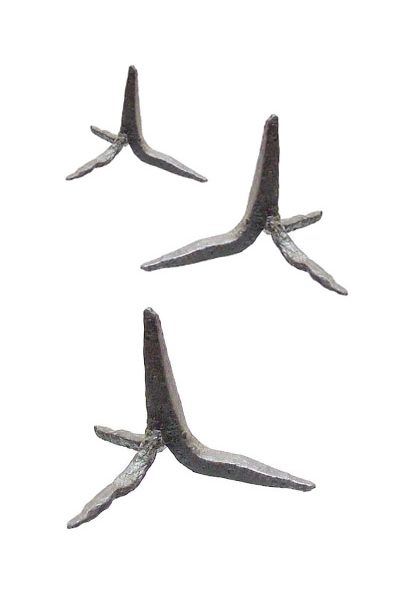
History of the Caltrop
Caltrops were used by Alexander the Great as early as 331 BC. The Romans called them tribulus ormurex ferreus (jagged iron). When a battle began, they strewed the field with caltrops, injuring horses and destroying chariots.
During the middle ages, foot soldiers mainly used caltrops because they were relatively less expensive than other medieval weapons. They were extremely effective and viable, as they didn’t strain the finances of defending armies.
The use of medieval caltrops didn’t cease, and we can see examples of them throughout history, such as during WW1 and WW2.
Types of Caltrops
Iron caltrops
Medieval caltrops were usually made of iron and had a specific shape: four metal points arranged so that three remained on the ground while the fourth one projected upwards.
Makibishi caltrops
The Japanese version of the caltrop is called “makibishi.” The sharp spiked objects were used in feudal Japan to slow pursuers and defend samurai fortifications. “Tetsubishi” were iron makibishi, and “tennenbishi” were natural caltrops made with dried seed pods of the water chestnut. Both types could easily penetrate the thin soles of feudal Japan sandals.
Using Caltrops
Caltrops were tossed and spread at the location of a target and over a large area. Understanding how to use caltrops effectively was part of learning strategy for Middle Age warfare. Since caltrops were small weapons, advancing armies could not detect their presence until it was too late. They were a cruel weapon that injured horses feet and were very effective in halting cavalry.
Training included practising moves, accuracy, and defending, and managing battles using caltrops.
